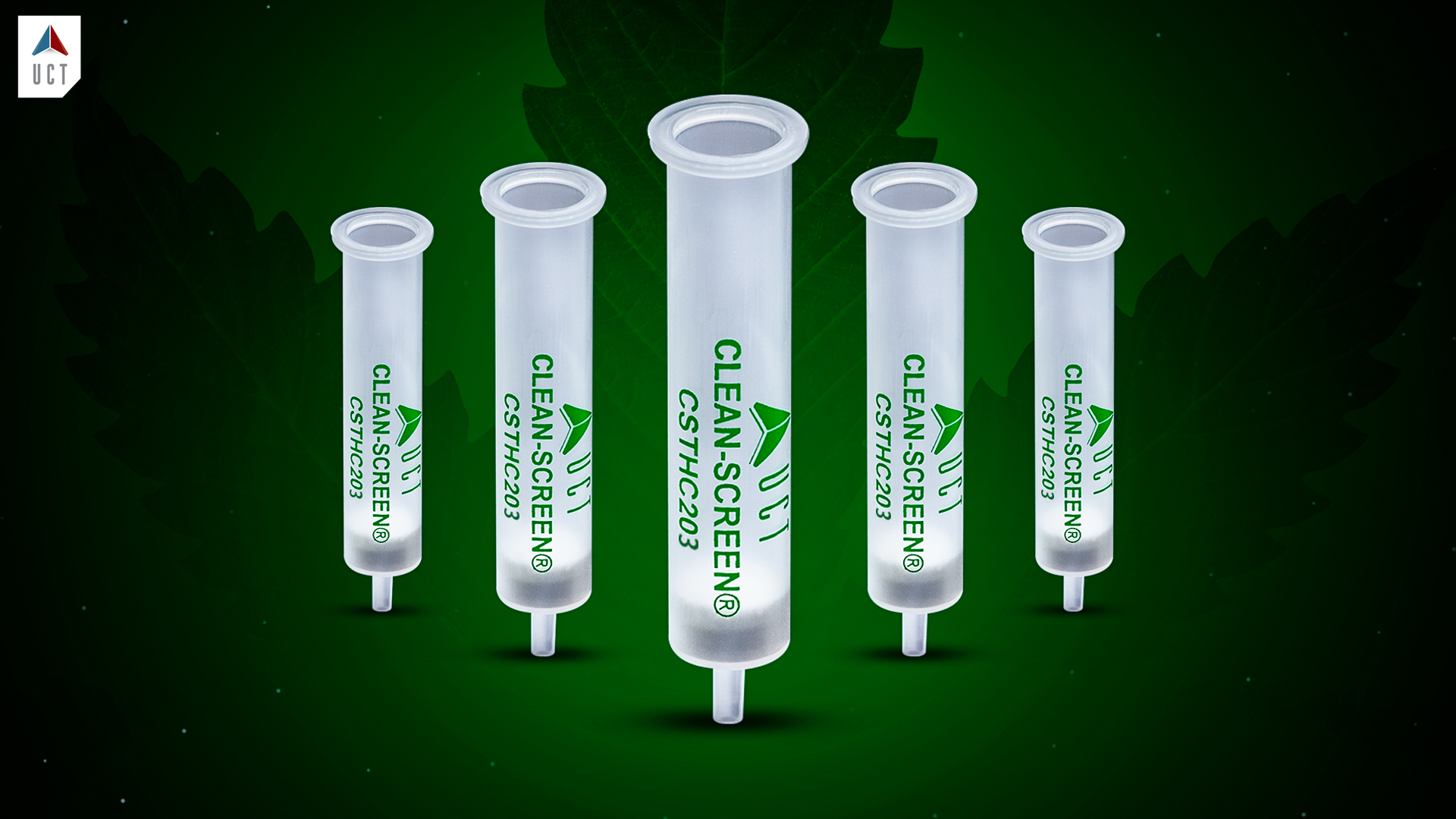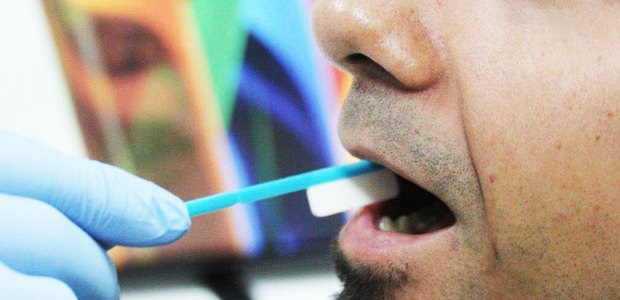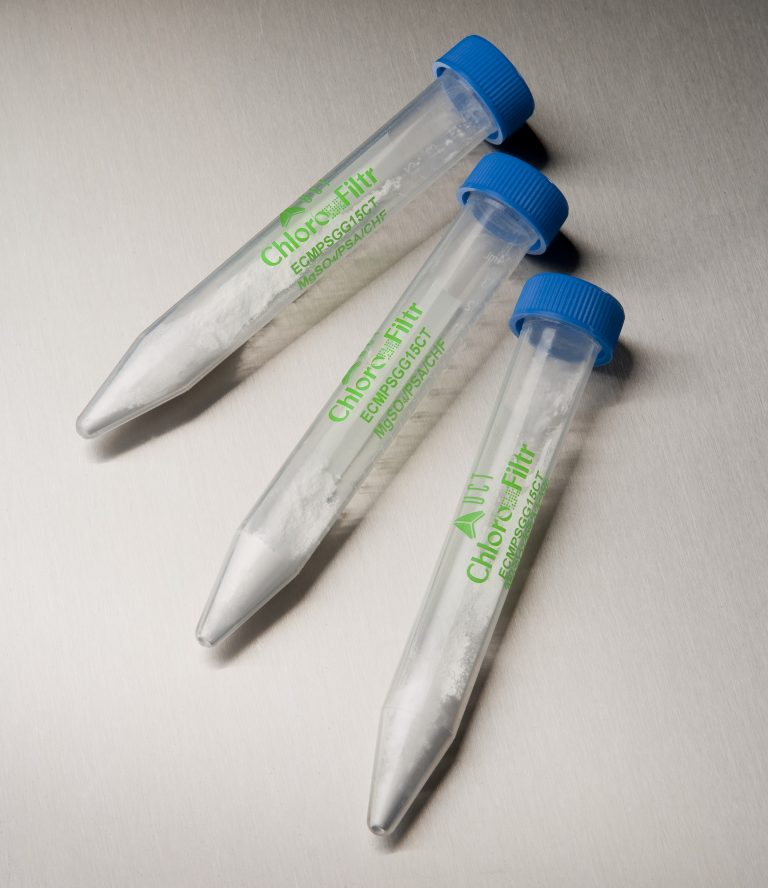UCT’s Clean Screen® THC Utilized in Multi-Matrix Cannabinoid Post-Mortem Study
As Cannabis use continues to rise worldwide, more research is needed in the antemortem and postmortem toxicology of THC and its metabolites. Postmortem toxicology is crucial for death investigations but can be challenging due to postmortem redistribution (PMR). Blood and urine are the preferred samples for analysis, but may not always be available during a postmortem investigation. To better understand the postmortem redistribution of these analytes, this study investigates differences in cannabinoid concentrations across multiple matrices.
Appropriate sample preparation was utilized according to the matrix prior to solid phase extraction. Samples were extracted using UCT’s Clean Screen® THC solid phase extraction cartridge before LC-MS/MS analysis. Samples from 43 postmortem cases were analyzed to determine the concentration of THC and its metabolites (THC-COOH and THC-OH) in various matrices.
THC and its metabolites were detected in all matrices (blood, urine, liver, vitreous humor, kidney, bile, gastric contents, and brain). This suggests that a number of matrices can be used as an alternative to or in conjunction with blood analysis in postmortem cases for cannabinoid interpretation. Unsurprisingly, urine concentrations had high positive correlations with blood concentrations for all three analytes. Although THC was detected in vitreous humor, it is not a suitable matrix because the analytes were present at very low concentrations.
Citation: Zughaibi TA, Al-Qumsani L, Mirza AA, Almostady A, Basrawi J, Tabrez S, Alsolami F, Al-Makki R, Al-Ghamdi S, Al-Ghamdi A, et al. Comparison between Blood, Non-Blood Fluids and Tissue Specimens for the Analysis of Cannabinoid Metabolites in Cannabis-Related Post-Mortem Cases. Forensic Sciences. 2023; 3(2):330-344. https://doi.org/10.3390/forensicsci3020025






